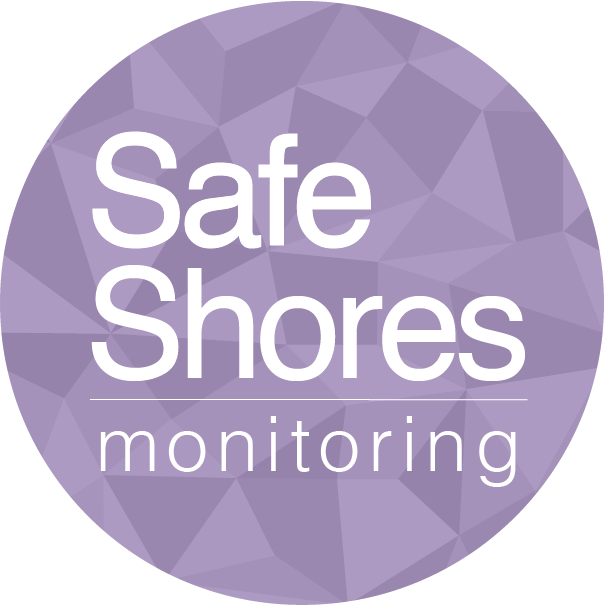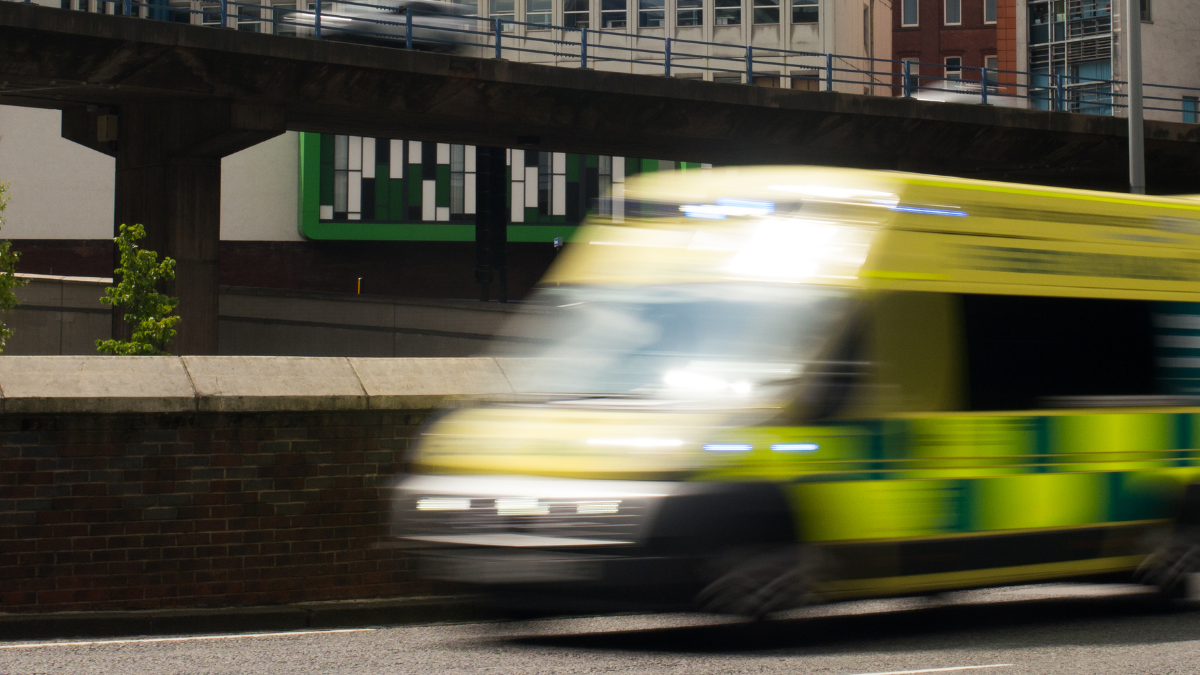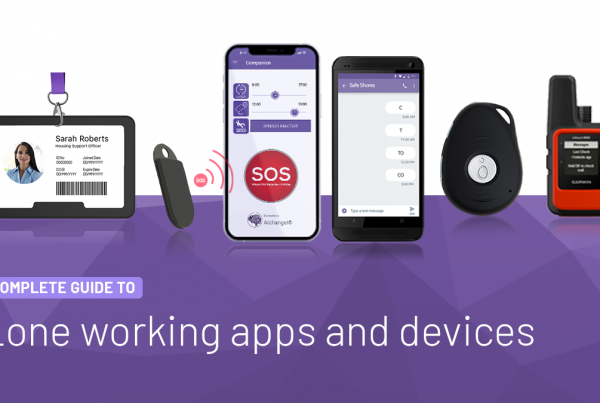Provisional data released by the Health and Safety Executive (HSE) reveal that a stronger focus on preventative measures are needed to lower workplace fatalities.
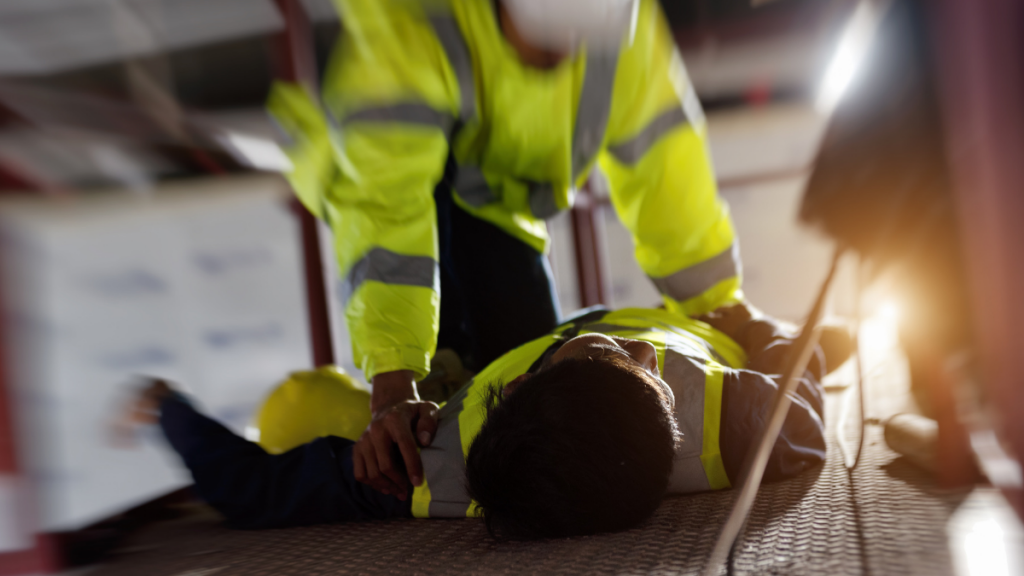
In their ‘Workplace fatal injuries in Great Britain 2021’ report, the HSE reported a total of 143 workers were killed in work related accidents, an increase of 29 from the previous year. The HSE has reported that the number of fatalities has remained broadly level in recent years, with the number of workers killed over the previous five years levelling at 136 on average.
With the number of fatalities staying at a consistent level over the past five years, it is clear that more measures must be taken to prevent further fatalities.
Since 2015/16, falls from height, being struck by a moving vehicle and being struck by a moving object have all been the most common causes of workplace fatality, and in 2021, that is no exception.
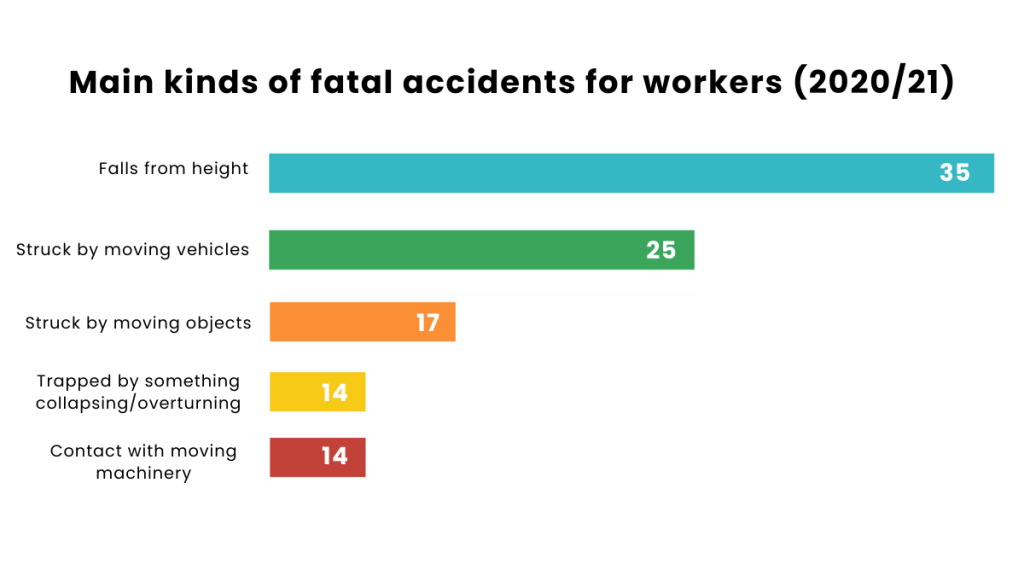
Similarly, since 2015/16, workers in agriculture, forestry and fishing, construction and manufacturing are amongst the top industries where workplace fatality remains high. In 2021, the HSE reported that 39 people lost their lives in the construction sector, 34 in the agricultural sector and 20 in the manufacturing sector.
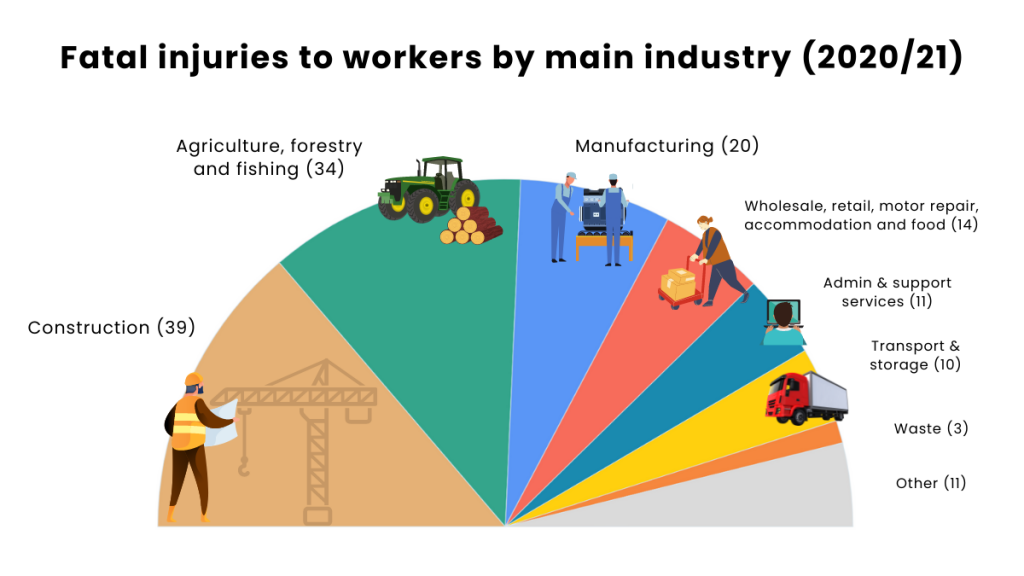 To view the full Workplace fatal injuries in Great Britain 2021 report by HSE, click here.
To view the full Workplace fatal injuries in Great Britain 2021 report by HSE, click here.
Tips to remove or minimise workplace fatalities
1. Control the risk
One of the main steps you can take to remove or minimise workplace accidents is to control the risks presented to workers. To control risks in the workplace, you must consider what might cause harm or injury and decide whether you are taking the necessary steps to reduce that harm.
By law, you are required to control this risk via a risk assessment. Conducting regular and thorough risk assessments enable you to identify these potential hazards, consider who may be harmed and identify solutions to mitigate potential risks.
The HSE provides further details on this topic. You can also download our risk assessment toolkit to get started.

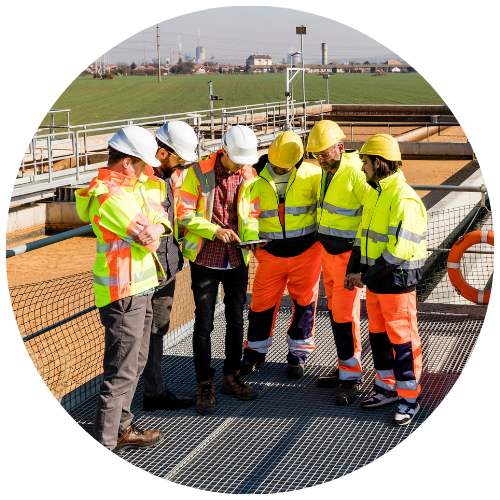
2. Appropriately train all employees and management
Employees must be appropriately trained with detailed health and safety measures on a regular basis, with adequate training for all of their duties under your care. Employees who are trained in health and safety are less likely to have a workplace accident and furthermore keep their colleagues safer as well. By carrying out training, employees will understand the correct procedures for carrying out risky activities, whilst employers can benefit by fostering a positive health and safety culture.
3. Regularly inspect and maintain equipment and machinery
By regularly carrying out inspections and maintenance on equipment and machinery, employees will be reassured that equipment is reliable and in safe working order.
When inspecting equipment and machinery, it’s important to keep a record until the next inspection. If you ignore your duty to inspect equipment, employees may be at heightened risk of workplace accidents, injuries and fatalities.
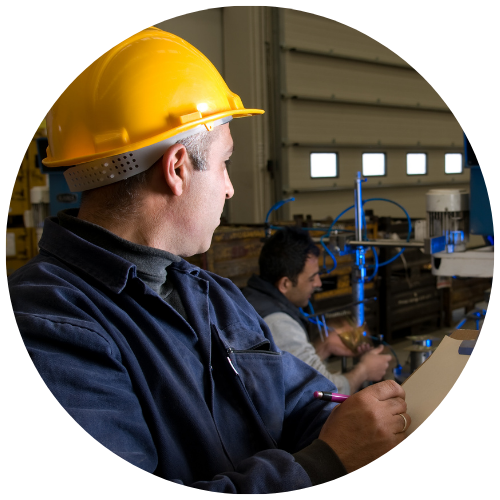
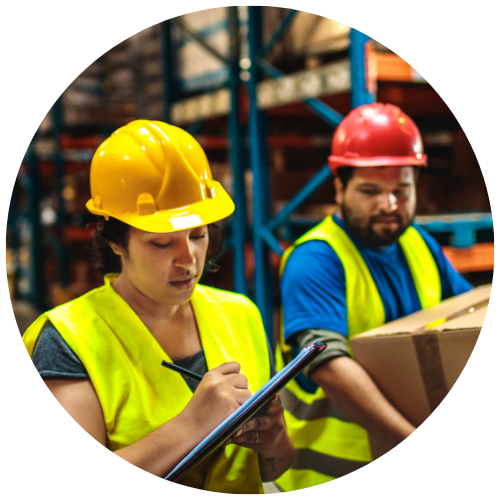
4. Ensure adequate staffing levels
Inadequate staffing levels can lead to increased workplace injury and accidents. With smaller teams working longer hours, employees are at increased risk of becoming fatigued and stressed, both physically and mentally, which can impact their ability to learn and carry out tasks, leading to errors, shortcuts and failure to work in a way that considers all health and safety measures.
Ensuring that adequate staffing levels are met allows employees to carry out their duties in a safe and responsible manner. Employers can consider employing seasonal workers to address staffing shortages, but must also ensure that these workers are afforded the same health and safety training.
5. Review, respond and improve
Promoting and ensuring workplace safety is an ongoing process. It’s important that you regularly review and improve your health and safety measures, especially in response to accidents or ‘near misses.’
To support your ongoing review process, encourage employees to report newly identified hazards, workplace incidents and near misses so you can respond appropriately with new measures in place.
By conducting regular reviews and implementing improvements in your health and safety culture, employees can stay up to date with the latest measures which will encourage a safer working environment.
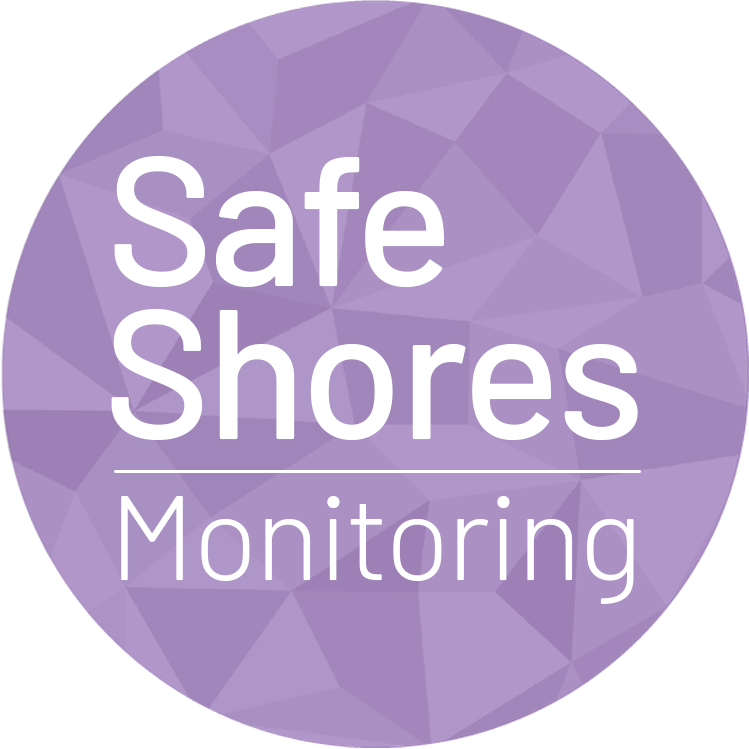
To find out more about Safe Shores Monitoring and out mission to Protect, Assure and Respond to all lone workers and their requirements, please click here.
To find out more about our range of lone worker safety systems, lone worker devices and lone worker apps, please click here.
